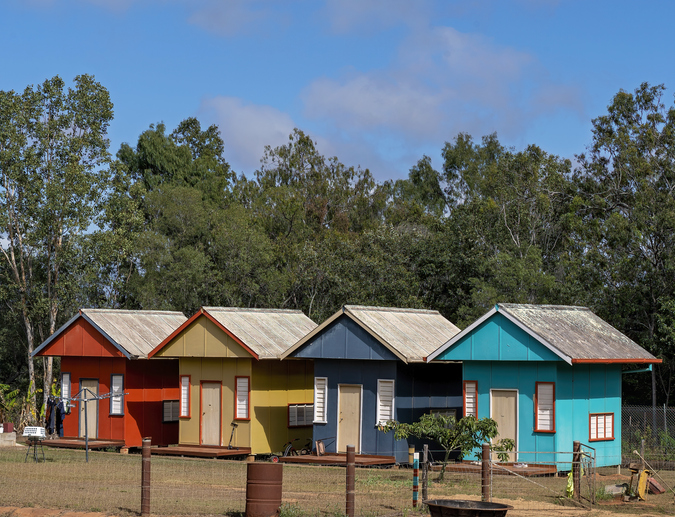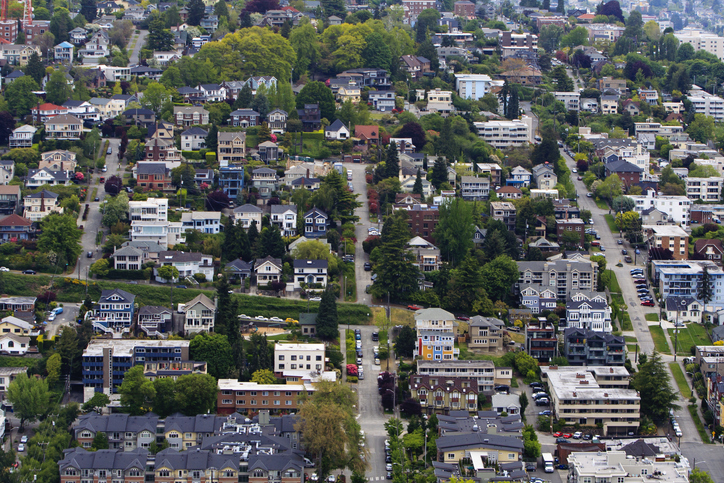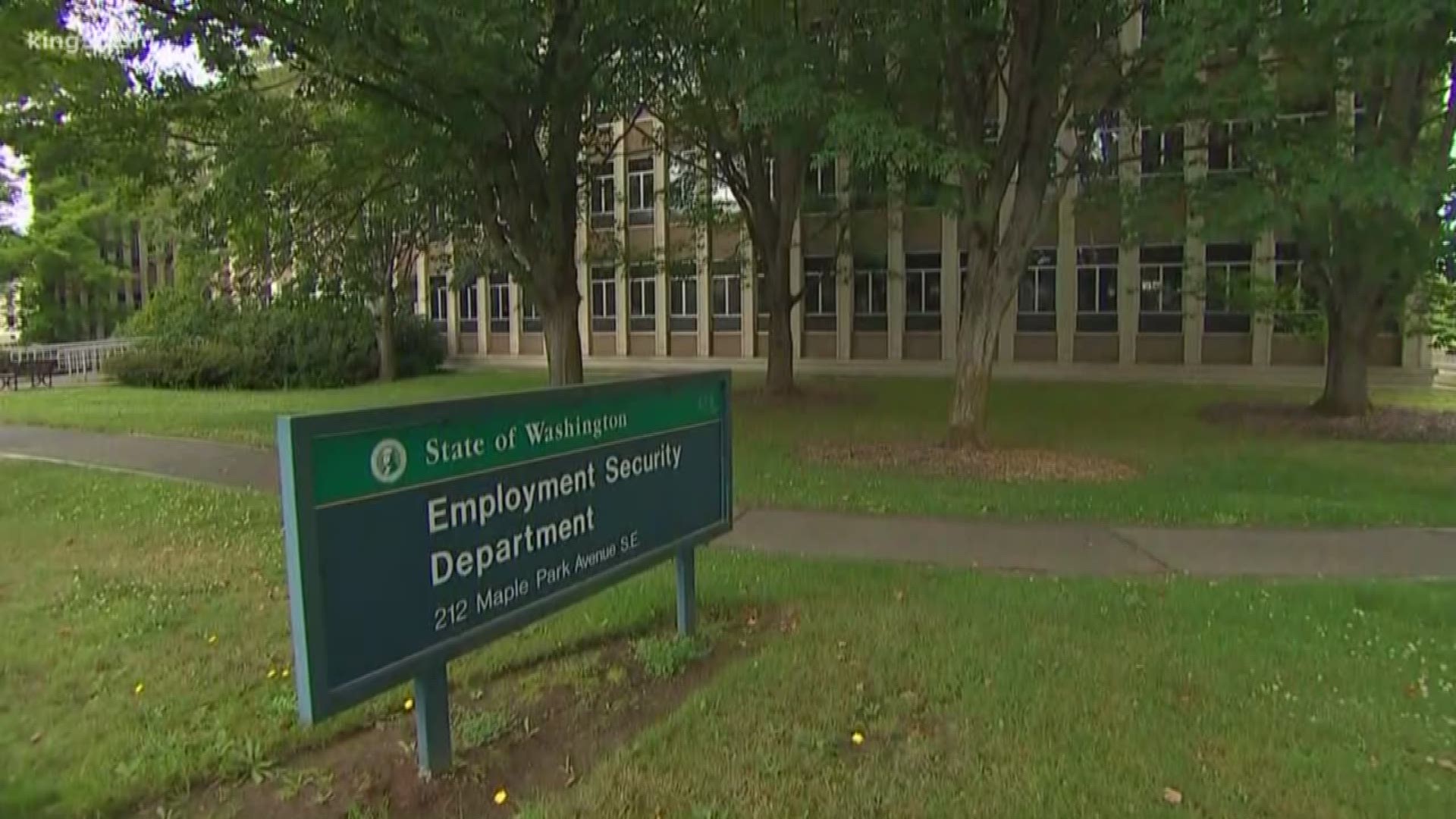The King County Regional Homelessness Authority (KCRHA) wants $12 billion from taxpayers for their 5-year plan to address homelessness, but the idea isn’t getting much support from King County or local community organizations. The funding request is 10 times the agencies $253 million 2023 budget.
Part of the resistance is due to the $12 billion price tag, but most of the problems are from KCRHA’s reluctance to consider tiny homes as part of the solution to homelessness. This is despite Governor Jay Inslee being very vocal about pushing tiny homes as a solution.
Data presented to the King County Council on Wednesday shows that given the opportunity, 21% of homeless people would want to move into a tiny home if one is made available.
"Homelessness is a very serious problem, so it breaks my heart to see the KCRHA double down on Seattle’s failed policies on homelessness,” King County Councilmember Reagan Dunn said in a statement.
Tiny homes are not the ultimate solution to homelessness, but they can help. It is more of a transitional space for homeless people to get back on their feet and into a more permanent living situation. Outside of King County, Pierce County Executive Bruce Dammeier has been a big proponent of tiny homes and has an initiative to build a community, ‘Pierce County Village’.
Local community leaders are offering lot space for tiny homes but are receiving resistance from KCRHA and other government agencies because of needed land use and other zoning changes. However, not all officials are opposed to the idea of tiny homes being part of the solution.
King County Councilmember Andrew Lewis stated at the Wednesday council meeting, “At the end of the day, clearly, we need more tiny homes. If the public wants to see action on tent encampments, this is going to be the fastest compassionate way to get them relief”.
A tiny home village is one solution but the concept would need specific criteria to stop a ‘Hooverville’ of rundown shanties from appearing on every street corner. However, with the right oversight and requirements, tiny homes could be an option, at least as transitional housing. Criteria requiring residents to be drug free (or in rehab) before gaining access to a tiny home, should be considered, in addition to other behavioral standards to keep people living in the surrounding community safe.
Relaxing restrictions on where tiny homes can be situated, appropriately, and allowing private landowners to donate the use of their land for a specified period of time, would significantly reduce the cost to setup tiny homes. It would also enable non-profit organizations to more economically donate tiny homes and as a start to helping the homeless find a better and more permanent place to live.
Of course much more than temporary tiny homes are needed to help people get off the streets and build a better life for themselves. For WPC’s recommendations on how to increase housing affordability and availability, without increasing fees and taxes, click here.






